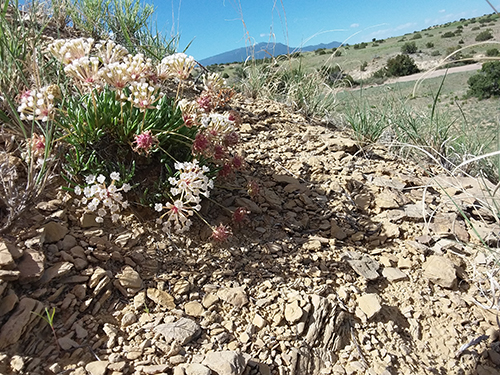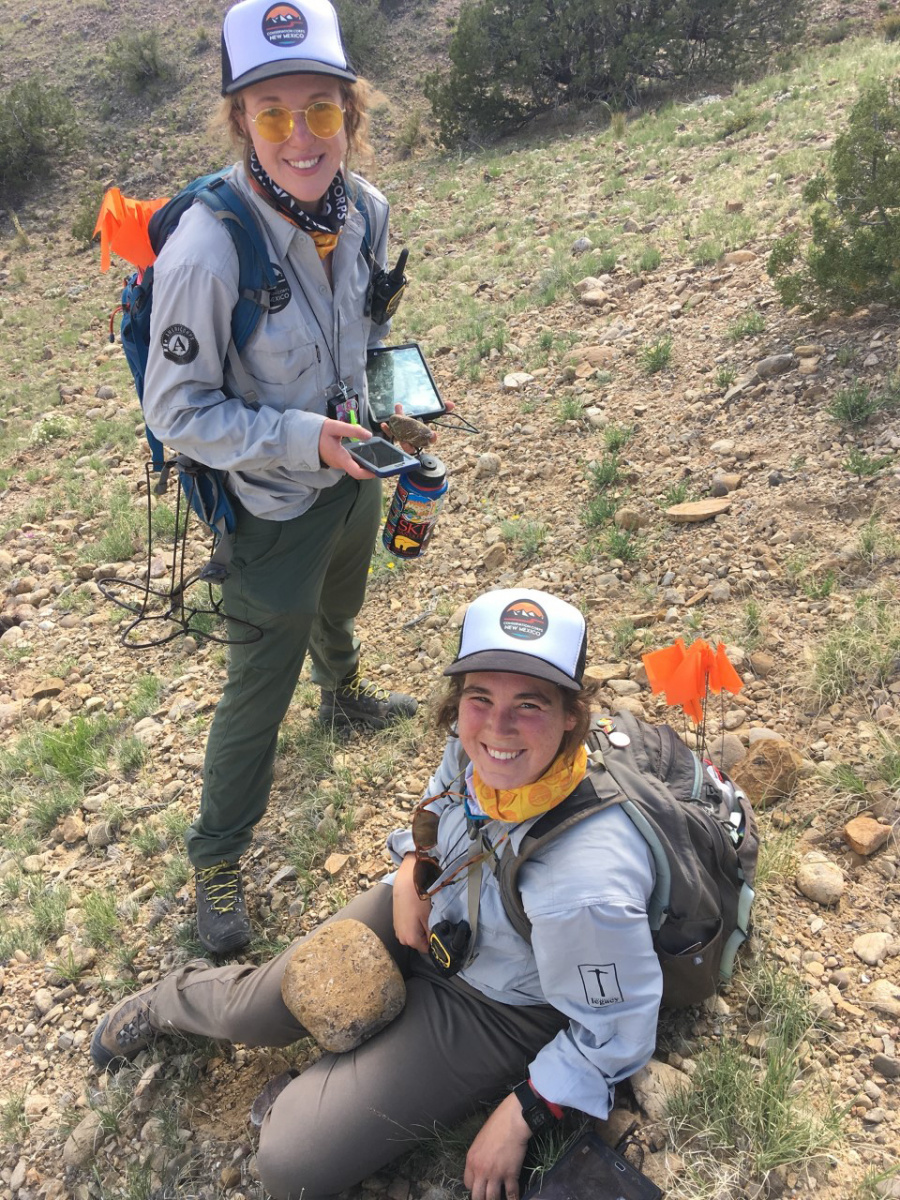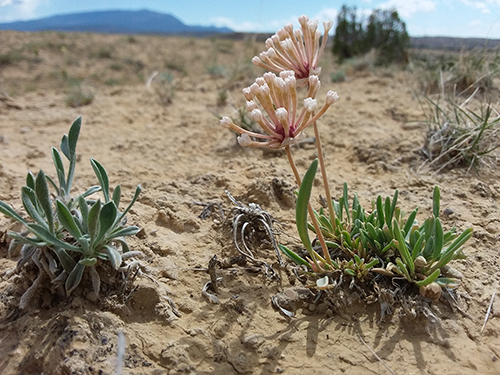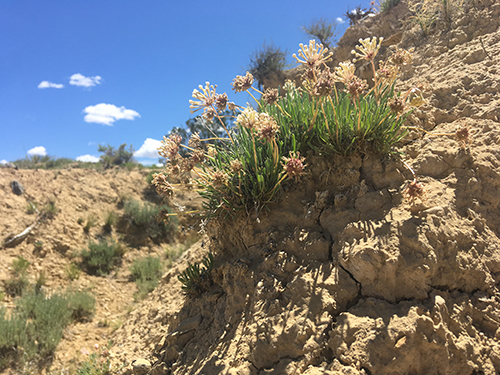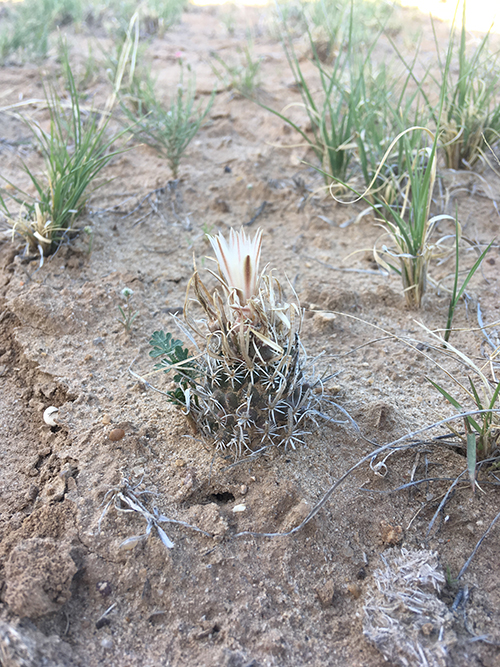Related Stories
- Oklahoma Field Office staff teach Petroleum Engineer Technician course
- Carlsbad Field Office celebrates 100 years of potash
- Wild Rivers Backcountry Byway repairs
- Adventures in Public Lands: Maggie and Morgan's GIS Internships with the BLM
- Sclerocactus glaucus: Prickly Colorado native no longer listed as threatened
Office
2909 West Second Street
Roswell, NM 88201-2019
United States

